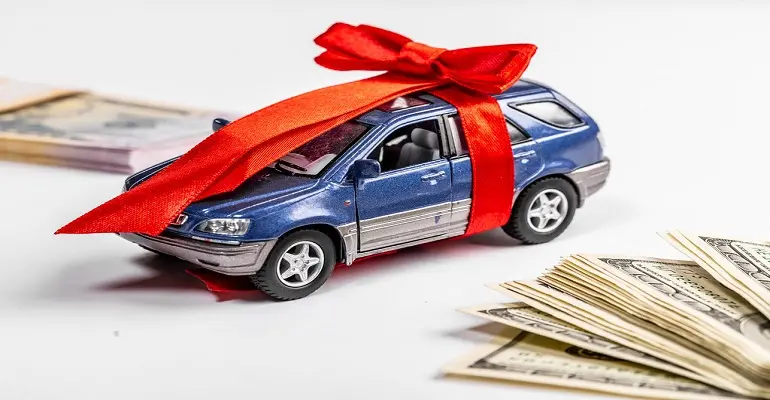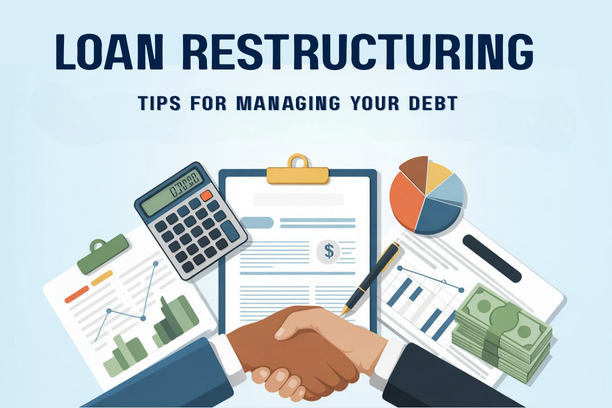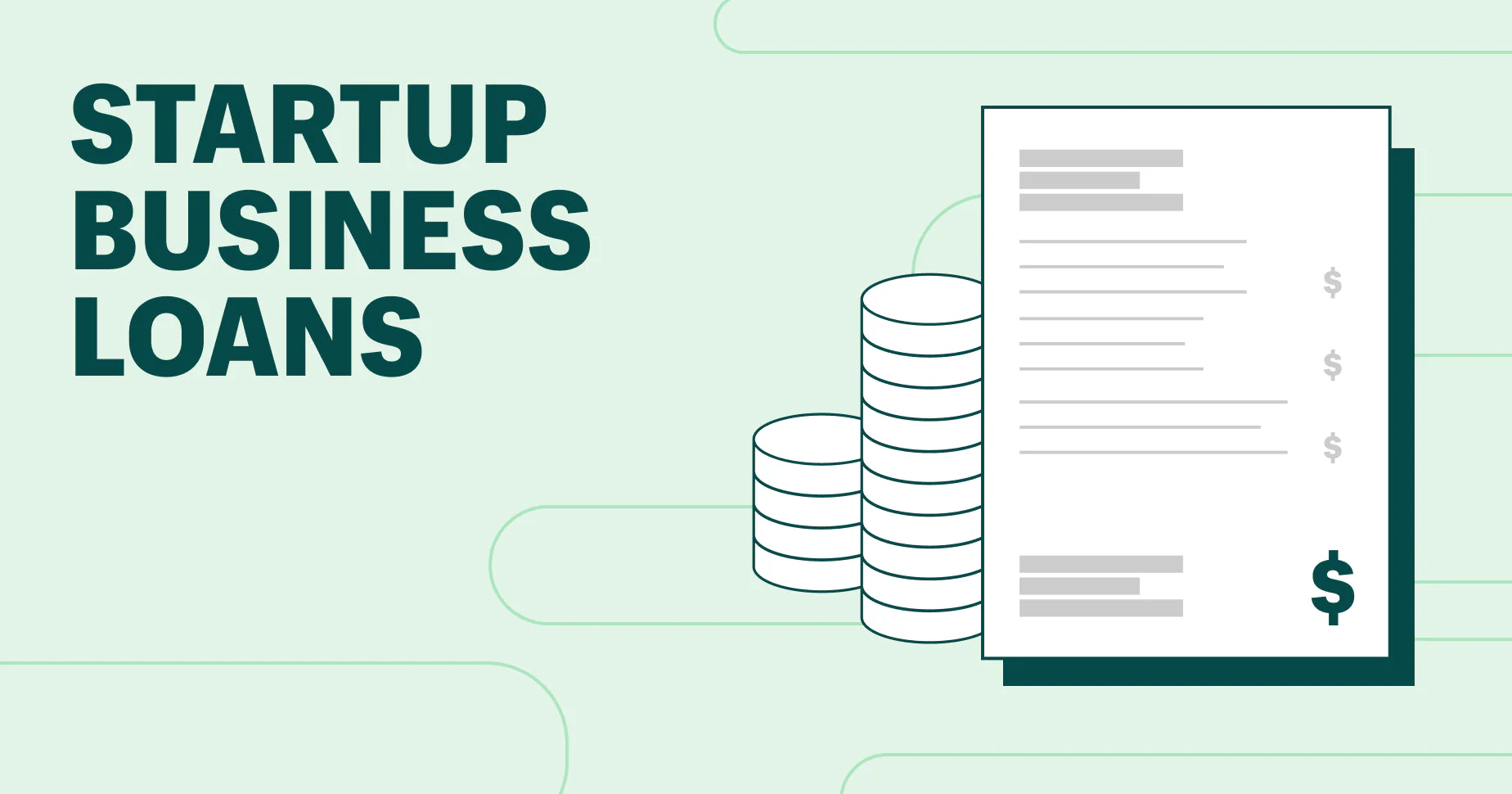Buying a used car in the Philippines can be an incredibly smart and cost-effective decision. Not only does it allow you to avoid the steep depreciation of a brand-new vehicle, but it also gives you access to a wider variety of models at a much more affordable price point. However, the financing process for a used car is fundamentally different from that of a new one. Lenders perceive a used car as a higher risk due to its age, condition, and unknown history, which results in stricter conditions and higher interest rates. To make a financially sound decision, a savvy buyer must understand the nuances of the loan market for pre-owned vehicles. This comprehensive guide is designed to help you navigate the process and find the Best Loan Options for Buying a Used Car, ensuring you get a great deal on both your car and your financing.
1. The Key Differences Between New and Used Car Loans
When you are in the market for a used car, the financing landscape shifts significantly. The loan product is structured differently to accommodate the unique challenges and risks associated with pre-owned vehicles. Understanding these differences is the first step toward making an informed decision and preparing yourself for the application process.
Higher Interest Rates and Stricter Loan Conditions
One of the most significant differences between a new car loan and a used car loan is the interest rate. In the Philippines, the interest rates for used car loans are almost always higher. This is because banks and other lenders view a used car as a higher risk asset. A new car has a known value and a warranty, and it depreciates at a predictable rate. A used car, on the other hand, has a value that is much more difficult to appraise, and it is more susceptible to unexpected repairs and problems. To compensate for this increased risk, lenders charge a higher interest rate. For a used car, a typical bank auto loan interest rate might start from 8% to 10% per annum, while a new car loan might be as low as 6% to 7% for the same loan term. The interest rate also heavily depends on the age of the car. The older the car, the higher the interest rate will be. Most banks in the Philippines will not finance a car that is older than 5 to 7 years at the time of the loan application, and the loan term itself is often shorter than the 5-year maximum for a new car.

In addition to higher interest rates, the loan conditions for a used car are also stricter. A bank will require a larger down payment, typically a minimum of 30% of the car’s appraised value, as opposed to the 20% for a new car. This is another way for the bank to mitigate its risk. The bank will also have a meticulous appraisal process for the car to determine its actual market value. The car’s condition, mileage, and service history are all taken into account. The bank will also require a more extensive set of documents for the car itself, including the LTO Official Receipt (OR) and the Certificate of Registration (CR), and a deed of sale. A new car loan application only requires a car quotation from the dealer. The stricter conditions and higher interest rates for a used car loan mean that a borrower must be more prepared and have a stronger financial profile to secure an approval.
Two Primary Loan Options: Bank vs. In-House Financing
When you are looking for the Best Loan Options for Buying a Used Car, you will primarily encounter two types of financing: a bank-provided auto loan and in-house financing from a used car dealership. A bank-provided auto loan is the most common option. It is offered by major commercial banks like BDO, BPI, Metrobank, and Security Bank. The main advantage of a bank loan is that it has a much lower interest rate and more transparent terms. However, the bank’s eligibility requirements are strict, and the approval process can take some time, often a week or more. The bank will also require a thorough appraisal of the car, and they may not approve a loan for an older or a very high-mileage vehicle. This is the best option for a borrower with a strong credit history and a stable financial profile.
On the other hand, in-house financing is a loan provided directly by the used car dealership. The main advantage of in-house financing is the convenience and speed of the application process. A dealer can often get you approved for a loan in a matter of hours, and the eligibility requirements are often more lenient. However, this convenience comes at a significant cost. The interest rates for in-house financing are much higher than those of a bank, sometimes reaching up to 20% or more per annum. The terms of the loan may also be less flexible, and you may not have the same legal protections as you would with a bank loan. This is an option for a borrower who may not qualify for a bank loan due to a shorter credit history or a lower income, but they must be prepared to pay a much higher interest rate over the life of the loan.
2. A Strategic Guide to Choosing the Right Loan
Choosing the right loan for a used car requires a strategic approach that goes beyond a simple comparison of interest rates. You must consider your own financial profile, the condition of the car you are buying, and the long-term cost of the loan. A well-planned approach will save you thousands of pesos and help you avoid a financial burden.
The Benefits and Drawbacks of Each Loan Option
When you are deciding between a bank loan and in-house financing, you should first weigh the benefits and drawbacks of each. A bank loan is almost always the more cost-effective option. The lower interest rate means your monthly payments are lower, and the total amount of interest you will pay over the life of the loan is significantly less. Banks are also highly regulated by the Bangko Sentral ng Pilipinas, which means the loan terms and conditions are transparent and fair. A bank will also provide you with a detailed breakdown of all the fees and charges, including the Chattel Mortgage Fee, which is a non-negotiable legal requirement. However, the drawback of a bank loan is the long and rigorous application process. A bank will take its time to vet your application, and they will conduct a thorough credit check and a detailed car appraisal. This can be a hassle for a buyer who wants to get the car quickly.

In-house financing, on the other hand, is the epitome of convenience. You can walk into a used car dealership, pick a car, and walk out with a loan approval in the same day. The requirements are often more lenient, and the dealer is more willing to work with a buyer who may not qualify for a bank loan. This is a great option for someone who needs a car urgently or who does not have a strong financial profile. However, the major drawback of in-house financing is the very high interest rate. A high interest rate can make your monthly payments a financial burden and can add thousands of pesos to the total cost of the loan. The terms of the loan may also be less transparent, and you may be charged hidden fees. It is always a good practice to read the loan contract carefully and ask for a detailed breakdown of all the fees and charges.
Strategic Tips for a Successful Used Car Loan Application
To get the Best Loan Options for Buying a Used Car, a buyer must take a proactive and strategic approach. The first step is to get the car you are interested in professionally inspected by a third-party mechanic. This will give you a detailed report on the car’s condition, which can be a valuable tool in your loan application. A bank will conduct its own appraisal, but a professional inspection report can strengthen your case and give you a better negotiating position with the bank or the dealer. A second crucial tip is to check the car’s LTO records. You can go to any LTO office and request a complete history of the car, including its previous owners, any accidents it has been in, and its registration status. A clean LTO record will make your loan application much smoother.
A third strategic tip is to have a larger down payment. While a bank may require a minimum of 30%, offering a higher amount, such as 40% or more, can significantly strengthen your application. A larger down payment reduces the amount you need to borrow, which lowers your monthly amortization and signals to the bank that you are a low-risk borrower. This can sometimes result in a lower interest rate or a more favorable loan offer. Finally, if you have a relationship with a bank, you should leverage it. If you have an existing savings account, a credit card, or have used other products from a bank, they may be able to provide you with a more personalized and streamlined service. A bank values its existing clients and is more likely to approve a loan for someone with a good history with them. By following these tips, you can confidently apply for a used car loan and get the best deal possible.
Conclusion
Finding the Best Loan Options for Buying a Used Car requires a careful and well-informed approach. It is a process that is fundamentally different from a new car loan, and a buyer must be aware of the higher interest rates, stricter conditions, and the two primary financing options available. While a bank loan is often the more cost-effective choice, in-house financing offers a level of convenience that may be appealing to some borrowers. By understanding the pros and cons of each and by taking a proactive approach to the application process, you can find the perfect loan to fit your financial needs. With the right knowledge and preparation, you can confidently drive away with a great used car and a loan that you can comfortably afford.













